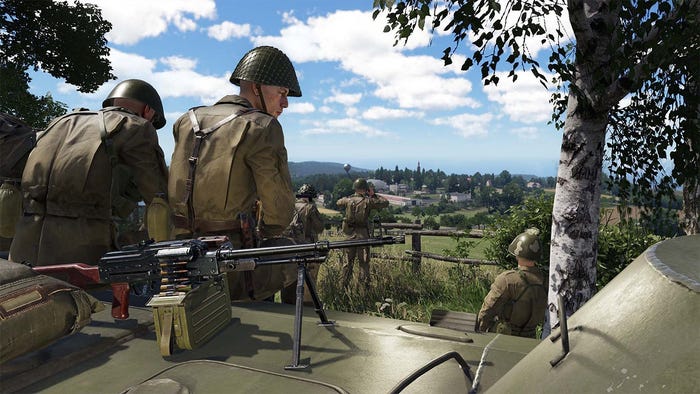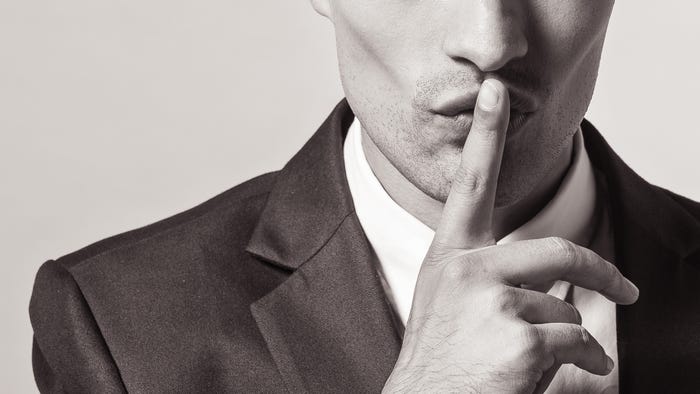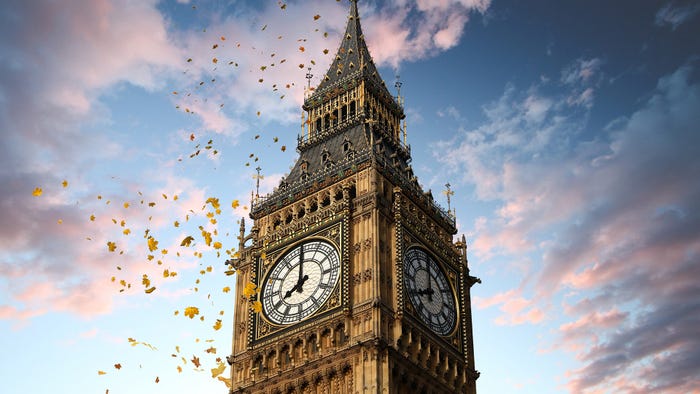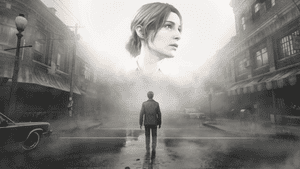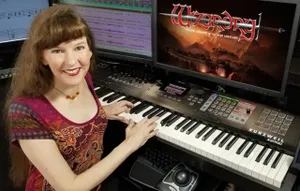Jordan Mechner finds his cinematic rhythm with Karateka remake
Storytelling isn't about words -- it's about rhythm, says the Prince of Persia creator, who talks to Gamasutra about how his very first game has been made new game, but retains its original cinematic spirit.

Jordan Mechner, the creator of classics Karateka (1984) and Prince of Persia (1989), has spoken about the pull cinema had on him in his early days. "When I was making the first Prince of Persia I really felt that making games on the Apple II versus screenwriting and making movies were completely separate careers, and that I had to choose," he tells Gamasutra. Though it seemed like a stark choice to him at the time, in reality, he had already blended the two; he applied film techniques and storytelling to his games then, and he still does. But it's not cutscenes that grip him. "I think the best cinematic storytelling in a game happens during the gameplay itself," says Mechner. "The most powerful moments in a game are the moments we're playing ourselves; that's what we remember." With the new version of Karateka, out this week for Xbox Live Arcade and to follow for PC (Steam), PlayStation 3 (PSN), and iOS soon, he says he's finally able to "tell that story in the way with music and visuals in a way that would be cinematic and immersive, in a way that I could only dream of with the Apple II." Storytelling in games "definitely doesn't have to be verbal," says Mechner. "Karateka is, in fact, a completely silent movie experience. There's no dialogue, even in the new game, because it doesn't need it." Instead, working with Grammy-winning composer Christopher Tin, he was able to use the tools of cinema to tell a story with the fights themselves. "The music not only helps you by giving you cues, but tells the story of the fight," he says. The game's battles have rhythm elements, and that blends together gameplay and music cues into a single cinematic whole. "The fights have a sense of a back-and-forth flow, but that's reflected in the music," says Mechner. "It not only tells the story of the game, but of the individual fight, the way it does in a movie." With comic and animation creator Jeff Matsuda on art direction, meanwhile, Mechner was able to realize his original twin influences of classic Disney animation and Japanese woodblock prints. "When we look at the pixelly Apple II graphics, it takes a lot of imagination to see those influences; that's what I was dreaming up," he says.  "We wanted a look that wasn't photorealistic but also we didn't want to go too cartoony," says Mechner. "The original Karateka on the Apple II, the animation was fluid, and in a sense it was realistic... We wanted to feel cartoony but still visceral." "That sense of cinematic immersion was always a part of what I wanted Karateka to be, even back in the '80s," Mechner says. "A game that's only cinematic in the cutscenes but then the gameplay reverts to a camera that's not cinematic and doesn't advance the story isn't really using the storytelling potential of games to the fullest," he says. "I was trying to move the camera, and have cross-cutting, and build suspense. Now, of course, we can really move the camera." "The guiding philosophy for Karateka was really, how would I have made this game in 1984 if I could have," says Mechner.
"We wanted a look that wasn't photorealistic but also we didn't want to go too cartoony," says Mechner. "The original Karateka on the Apple II, the animation was fluid, and in a sense it was realistic... We wanted to feel cartoony but still visceral." "That sense of cinematic immersion was always a part of what I wanted Karateka to be, even back in the '80s," Mechner says. "A game that's only cinematic in the cutscenes but then the gameplay reverts to a camera that's not cinematic and doesn't advance the story isn't really using the storytelling potential of games to the fullest," he says. "I was trying to move the camera, and have cross-cutting, and build suspense. Now, of course, we can really move the camera." "The guiding philosophy for Karateka was really, how would I have made this game in 1984 if I could have," says Mechner.
The Indie Angle
It isn't just cinema that gave him the idea of how to remake Karateka, though. Inspired by games like Limbo -- "Small independent projects that were still both beautiful and accomplished" -- Mechner self-funded the project's development in Los Angeles with Liquid Entertainment. "The great thing about a smaller team like we have on Karateka is that I know the name of everyone we have on the team; I can really delve deeper into every aspect of the project in a way that's not possible on a larger project," says Mechner, who served as the project's creative director. "We have the freedom and the lightness to experiment and try some things that we weren't really sure if they would work until we tried them. When you have fewer people, the team is more mobile, you can change direction quicker." For his part, Mechner is happy that advancing technology is no longer the sole driving force behind the industry. "Now, we can really choose the style of the game and the technology for creative, artistic reasons, rather than just having something be photorealistic or realtime 3D just because we can," he says. Mechner, of course, developed his first two games by himself -- relying on others only for advice. "The publishing industry in the '80s, when I did the first Karateka and Prince of Persia, was very much like the book publishing industry. I made the game, put it on a five-and-a-quarter-inch floppy disk, and mailed it to the publisher. If they accepted it for publication, they'd do very much what a book publisher would do. They didn't call me a developer; they called me an author." Unlike Prince of Persia -- which became a major console franchise and an epic film -- Karateka "didn't want to get bigger", says Mechner, making it the perfect project to tackle with a small team.
About the Author
You May Also Like


